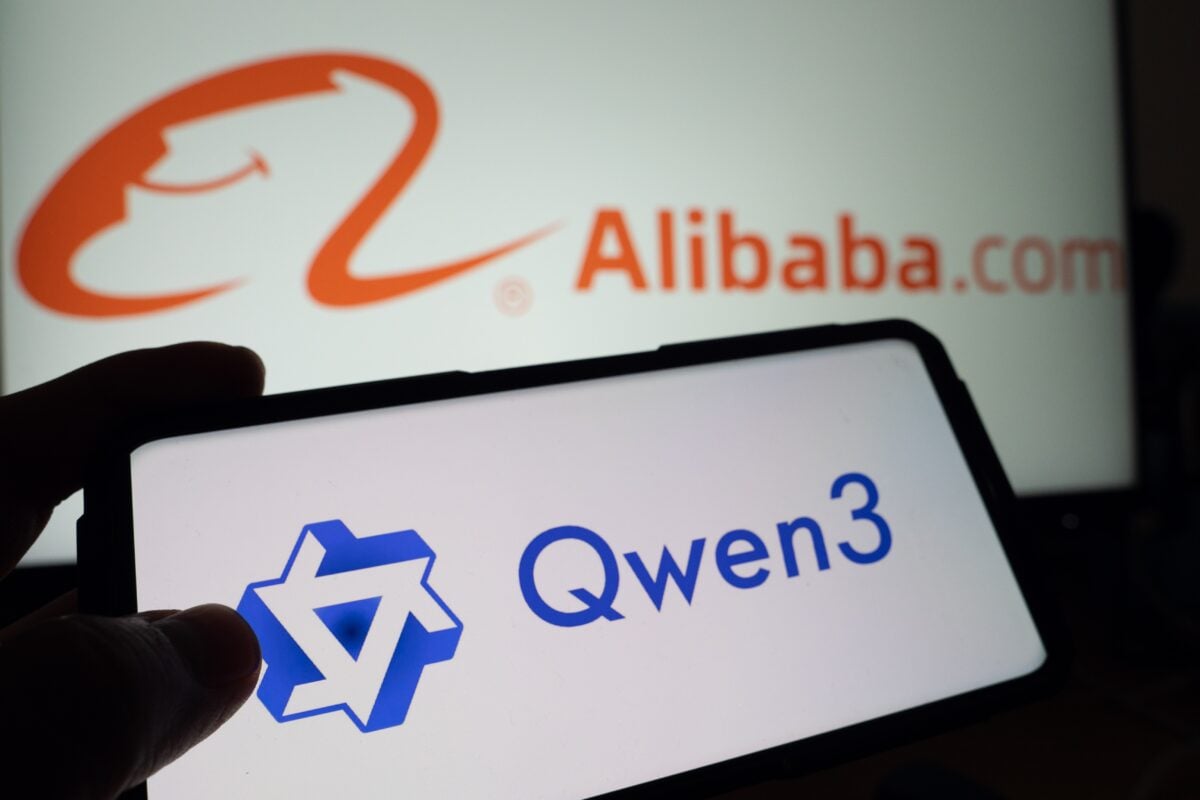TLDRs;
- Alibaba’s Qwen3-max-preview and Moonshot’s Kimi enter global top 10, marking breakthrough for Chinese AI models.
- China’s AI performance gap with the US shrank from 103 to 23 points in just over a year.
- Over 5,000 AI companies now operate in China, reflecting explosive growth and systematic government backing.
- With strong patents and expanding infrastructure, China is building the foundation for long-term AI leadership.
Chinese-developed artificial intelligence systems have achieved a major milestone in global rankings, highlighting how quickly the country is catching up with the United States in next-generation technology.
According to LMArena’s widely followed “text arena” leaderboard, Alibaba’s Qwen3-max-preview and Moonshot AI’s Kimi-K2-0905 have both secured spots in the global top 10, marking the highest placements yet for models developed in China.
Qwen3-max-preview, the largest model produced by Alibaba to date, ranked sixth worldwide, just behind leading offerings from OpenAI, Anthropic, and Google DeepMind. Meanwhile, Moonshot AI’s Kimi-K2-0905 tied for eighth place alongside DeepSeek R1 and xAI’s Grok 4. The rankings put Chinese models firmly in the same conversation as some of the most prominent US-developed systems.
Efficiency Over Brute Force Scaling
One striking aspect of China’s progress is how it has been achieved with fewer overall models compared to the US. In 2024, Chinese developers rolled out 15 notable AI systems, while their American counterparts launched more than 40. Despite this disparity, China has managed to significantly close the performance gap.
According to LMSYS performance metrics, the gap between US and Chinese AI models shrank from 103 points in January 2024 to just 23 points by February 2025. This rapid improvement suggests that Chinese researchers are prioritizing quality and efficiency, building models that rival American systems while consuming fewer computational resources.
DeepSeek R1, another Chinese-developed system, has already demonstrated that high performance does not necessarily require the massive infrastructure typically associated with US-based AI labs. The performance of Alibaba’s Qwen3-max-preview, which scored 1,428 points in the latest benchmarking, reinforces this approach.
AI Ecosystem Expands at Breakneck Speed
Beyond individual model performance, the broader Chinese AI ecosystem is experiencing explosive growth. The Ministry of Industry and Information Technology reports that China now hosts over 5,000 AI companies, up from just 1,454 in 2020. This expansion equates to roughly one new AI company emerging every 11 hours.
The boom reflects not just market enthusiasm but also years of systematic planning. China’s government laid the foundation with its 2017 “New Generation Artificial Intelligence Development Plan,” which set a national goal of becoming the global leader in AI innovation by 2030. That framework is now bearing fruit, as startups and tech giants alike compete to produce world-class models.
The surge in companies is paired with a growing portfolio of intellectual property. By 2023, China accounted for 70% of global AI patents, underscoring the country’s aggressive push into research and innovation.
Toward Global AI Leadership
The rise of Qwen3 and Kimi is more than a symbolic achievement, it signals China’s ability to mount a serious challenge in the global AI race.
Unlike Qwen3-max-preview, which has yet to be fully open-sourced or given a confirmed launch date, Kimi-K2-0905 has been released publicly and is already gaining traction on platforms like Hugging Face, where it has been downloaded over 4,500 times.
With both model performance and ecosystem growth accelerating, China appears to be building not only competitive research capabilities but also the industrial and commercial backbone needed for long-term leadership.






